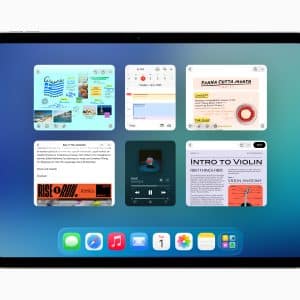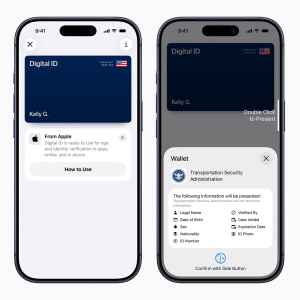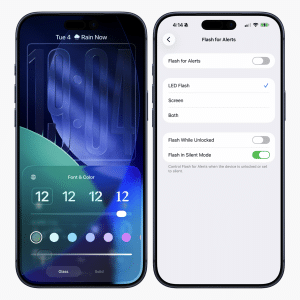Navigating and editing text on your iPad becomes a breeze with three-finger gestures, a feature often overlooked by users. Swipe three fingers left to undo an action, like deleting text or formatting a note, or swipe right to redo it. To copy text, pinch with three fingers; to paste, pinch outward with the same gesture. For precise text selection, tap and hold with two fingers to highlight a word, then drag to select more, or double-tap with two fingers to grab an entire paragraph. These gestures, available across apps like Notes, Pages, and email clients, make editing faster and more intuitive, especially for students or professionals working on long documents.
Quick Notes from Anywhere
The Quick Note feature lets you capture ideas without interrupting your workflow. Swipe up from the bottom-right corner of the screen with your finger or Apple Pencil to open a floating Notes window, perfect for jotting down thoughts while browsing Safari or watching a video. You can drag content, like text or images, directly into the note from other apps. For example, highlight a quote in Safari, drag it to the Quick Note, and it automatically links back to the source webpage. This feature, available since iPadOS 15, is ideal for researchers or creatives who need to collect ideas on the fly. To access it, ensure Quick Note is enabled in Settings > Notes.
Scroll Bar Navigation
Scrolling through long documents, web pages, or lists can feel tedious, but iPadOS offers a hidden trick to make it faster. Tap and hold the scroll bar on the right side of an app or webpage to activate it, then drag it up or down for precise navigation. For an even quicker shortcut, double-tap the top of an app or the title bar to instantly jump back to the beginning of a list or page. This works in most apps, including Safari, Files, and Mail, though some websites may not support it fully. This feature saves time for anyone managing lengthy content, from reading articles to organizing files.
Text Replacement for Efficiency
Typing repetitive phrases like your email address or a standard greeting can be streamlined with iPadOS’s Text Replacement feature. Go to Settings > General > Keyboard > Text Replacement and tap the plus (+) icon to create a shortcut. For instance, set “eml” to expand into your full email address or “ty” to become “Thank you!” When you type the shortcut followed by a space, iPadOS automatically inserts the full phrase. This works across apps, from Messages to Forms, but avoids sensitive fields like passwords for security. It’s a small tweak that saves significant time for frequent typists, such as professionals drafting emails or students filling out forms.
Stage Manager’s Flexible Multitasking
Stage Manager, refined in iPadOS 17 and later, offers a powerful way to manage multiple apps, but its full potential is often underused. Enable it in Settings > Multitasking & Gestures, then swipe up with four fingers to view all open windows in a bird’s-eye view. You can drag app windows to resize or reposition them, or flick an app’s title bar to the screen’s edge to tuck it aside temporarily. On M-series iPads, Stage Manager supports up to 12 windows at once and allows dragging apps to an external monitor, mimicking a Mac-like workspace. For non-M-series iPads, it still enhances multitasking by letting you group apps and switch between them via tabs on the left. This feature is a game-changer for power users juggling multiple tasks, like editing a document while referencing a webpage.
These hidden iPadOS features unlock new levels of efficiency and creativity, turning your iPad into a more versatile tool. Whether you’re streamlining text edits or mastering multitasking, experimenting with these tips can make your tablet feel like a custom-built workstation tailored to your needs.











